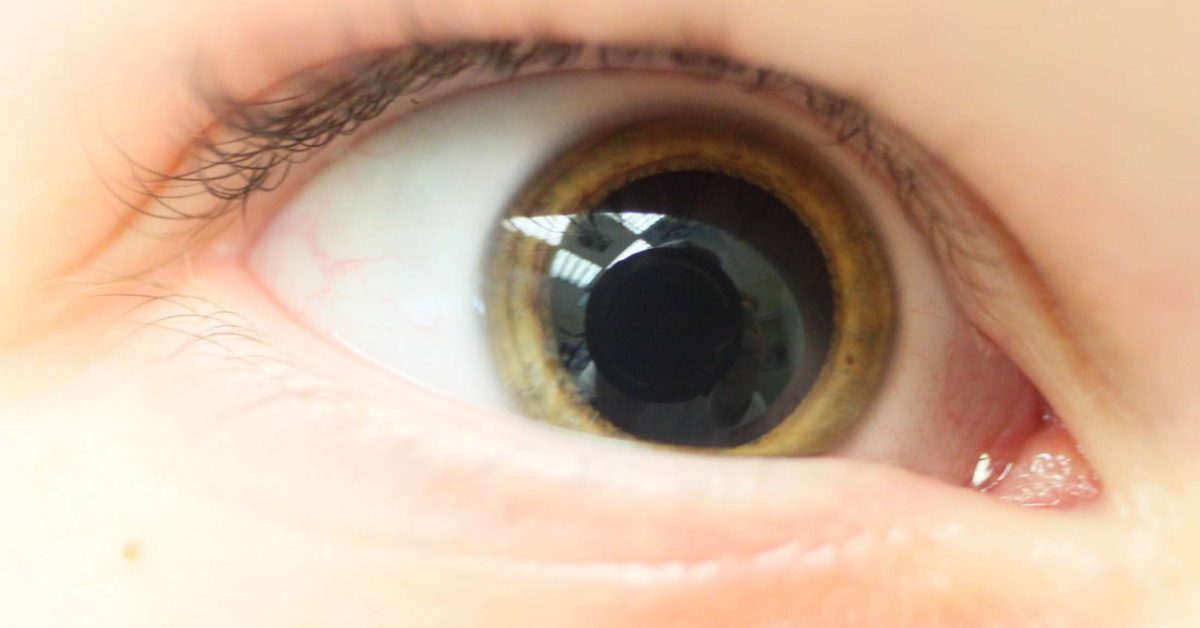
In the orbit, lacrimal glands are most commonly involved. IgG4 related disease can affect the orbit as well as multiple other sites in the head and neck area. * 8) What pathology is indicated by the arrow?Ī. Nonspecific T2 hyperintensities/FLAIR are also seen. On MRI petechial microbleeds can be seen in regions of infarcted tissue. CT findings can be normal or represent edema, particularly in the thalamus or white matter. Malaria can result in occlusion of capillaries in the brain, kidney, and lungs.

Malaria can be transmitted by anopheles mosquitos predominantly in sub-saharan Africa.Adult onset seizures in a patient exposure to such risk factors should raise suspicion for these lesions. Cysticercosis refers to ingestion of eggs which then hatch within your body after which the larvae migrate throughout the body, forming encysted cysticerci. Taenia soleum can be ingested as their larvae directly from undercooked pork (intestinal tapeworm).Brucellosis can be associated with unpasteurized milk (such as from the Amish) or other farm exposures. Brucellosis can look like TB in the spine, with both sparing the intervertebral disc space.Rarely, patients can have fibrosing mediastinitis -> pulmonary venous obstruction -> bronchial stenosis -> pulmonary artery stenosis. Chronic infection can mimic TB with upper lobe pulmonary fibrocavitary consolidation. Most common sequela is calcified granulomas, less commonly pulmonary nodules. Histoplasmosis is more frequently seen in the patients exposed in the Ohio and Mississippi valleys.Which of the following scenarios is most likely to be elicited from the patient's past.Ī) Recent travel to the Ohio and Mississippi river valleys with exposure to guano.ī) History of working on a farm with the occasional drink of milk "fresh from the cow".Ĭ) Frequent consumption of pork products from a local market in their native country.ĭ) Recent mosquito bite while hiking around a local mountain range followed by cyclical fevers. A comprehensive evaluation for tuberculosis is performed and found to be negative. Imaging is performed and demonstrates findings similar to the case above. * 7) Another patient presents for evaluation of similar symptoms of longstanding/indolent back pain, endorsing recent travel to Tanzania. There is frequently paraspinal/epidural soft tissue infection associated with discitis osteomyelitis. Non-tuberculous diskitis osteomyelitis often presents with early endplate irregularity/destructive changes.If you have an MRI suspicious for osteomyelitis and you order a CT at the same time that demonstrates air, decrease your suspicion of osteomyelitis. Air within the intervertebral disc space is almost NEVER seen with diskitis osteomyelitis (emphasis on *almost*).Edema and enhancement within the involved infected vertebra is frequently seen.* 5) Which of the following imaging characteristics is most commonly associated with this process?Ī) Focal lordotic deformity of the vertebral level involved.ī) Involvement of the intervertebral disc space.Ĭ) Unilateral peripherally enhancing fluid collection within the adjacent retroperitoneal musculature.ĭ) Tends to involve a single vertebral level.Į) Bilateral peripheral enhancing fluid collections with calcifications. (Use Image below for Questions 5, 6, and 7) best prognosis for healing because of the larger surface area of the fracture.relatively stable if not excessively displaced.through the odontoid and into the lateral masses of C2.below the level of the transverse band of the cruciform ligament.above the level of the transverse band of the cruciform ligament.fracture of the upper part of the odontoid peg.Hangman’s Fracture is a bilateral fracture of pars interarticularis. The fracture extends through the base of the odontoid process below the level of the transverse band of the cruciform ligament. What vascular structures are you most concerned about given the location of the fractures? * 3) The above axial CT image shows an occipital fracture with extension into the petrous portion of the temporal bone. It can be caused by trauma or rupture of an aneurysm. Subdural hematomas are typically caused by injured bridging veins.Įpidural hematoma are generally caused by arterial injury. While subdural hematoma do not cross the midline or tentorium, epidural hemorrhageĭo not cross suture line. In contrast to the lentiform shape of epidural hemorrhage, subdural hematoma generally haveĪ crescentic shape. This associationĪlong with the lentiform shape of the hemorrhage support an epidural over subdural or subarachnoid

The image above shows an extra-axial hemorrhage associated with an acute fracture.


 0 kommentar(er)
0 kommentar(er)
